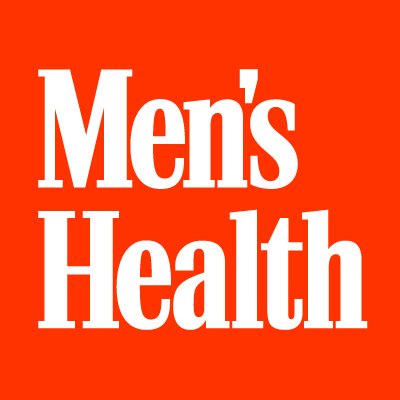Men’s Health Freelance Market Guide
Created Dec. 15, 2022; Updated Feb. 27, 2024

Fees: Fees range from $1 to $2 per word, depending on the amount of research and number of interviews required. Sections in the front of the magazine on mind and body and on life and nutrition run from 800 to 1,500 words. Feature stories are typically 2,000 to 3,000 and occasionally 4,000 words long.
Submit to: Health Director Marty Munson at marty.munson@hearst.com for health features and the front-of-the-book sections on mind and body, and Food & Nutrition Editor Paul Kita at paul.kita@hearst.com for nutrition features and shorter stories.
Website: www.menshealth.com
Owner: Hearst, a global, diversified media, information, and service company with more than 360 businesses.
Readership demographics: Readers’ average age is 35. The magazine is directed at “men who are interested in investing in themselves and being inspired to make change,” Munson said.
Frequency of publication: The print magazine is published ten times a year. The website is updated frequently during the day. Magazine articles will eventually appear online.
What the editors look for in pitches: They want stories that are entertaining, informative and inspiring, said Munson, adding that the best ones should feel urgent. “What works best for us is stories that help readers make better sense of their world and feel like they’re growing in some way because of it.” Freelancers new to Men’s Health should include links to some clips.
Features: The editors like longform, character-driven stories with “real people doing something with real stakes, and we learn about the world in a new way,” Munson said. Straightforward service stories are also welcome but should have a unique way of approaching the story.
Munson gave several examples of the publication’s approach. One example was a story about the antibiotic crisis told through the lens of an entrepreneur who had created a successful antibiotic and couldn’t get funding. Another feature told the story of the toxins in firefighting foam through the people who researched the issue. A third example was a deep dive into the multidisciplinary approach to pain management, which included the history of that approach dating back to the 1940s.
Front of the book: These stories cover as broad a range of topics as features but are much quicker hits. For example, a story could be many short bits of information about a particular condition, like dry eye, or it could be a deeper dive into a narrow topic, like an assessment of a new treatment.
Do editors welcome pre-pitches?: “I actually encourage that because a freelancer could spend four days tracking down a pitch and then have the editor say, ‘We just assigned that,’” Munson said. Make sure this brief pre-pitch talks about an actual story, not a broad topic.
Most common mistakes that editors see in pitches: “It would be being too basic,” Munson said. And freelancers shouldn’t be afraid of being playful. The magazine once ran a humorous piece about the standard health advice from grandmothers.
Lead time: Writers should figure that their stories won’t run for about three months from the time a pitch is accepted. So Munson advised thinking about what is building velocity and urgency or thinking in terms of seasons.
Best place to break into the publication: It is probably easiest for first timers to get a pitch accepted for the shorter, front-of-the-book sections. But a great pitch can get a newcomer a feature assignment.